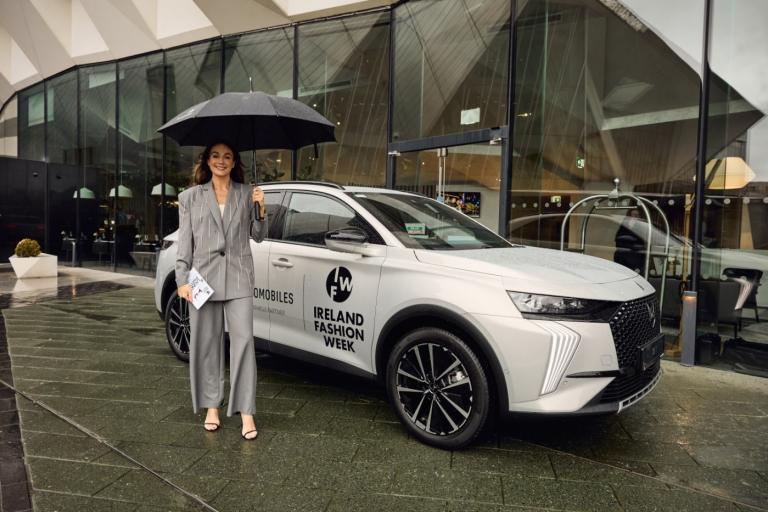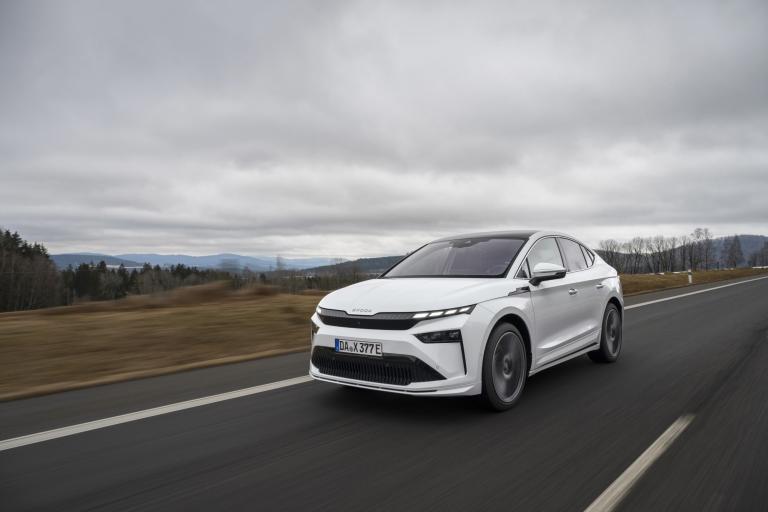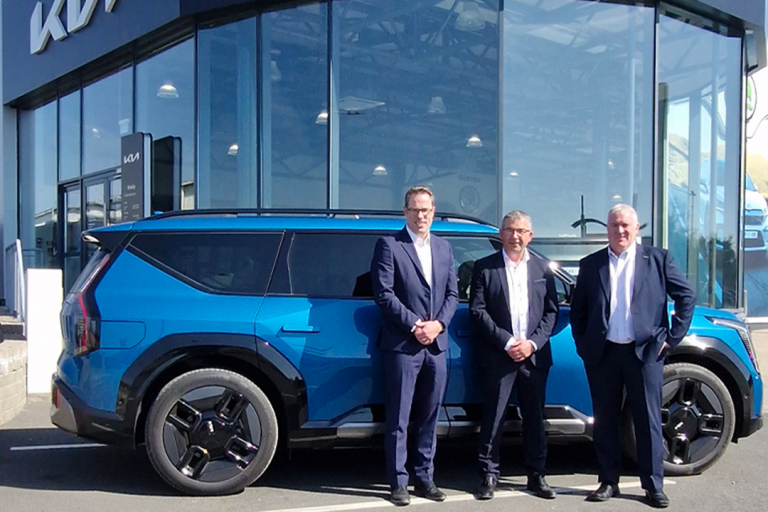Drivers take the upcycling route to turn cars electric
Published on 20 November, 2021
Overview
From fashion to furniture, ‘upcycling’ is one of the biggest buzzwords around. And it’s easy to understand why: you take something old, worn out or damaged and create something new. You are not simply recycling but reinventing and transforming.
There are, of course, a host of things you can upcycle, but did you know you can do it with your car? As we move towards an electric future, prices of new electric cars are still too high for many and a shortage of used vehicles for sale is an issue. But instead of opting for a shiny new model, some people are popping the bonnets of their diesel and petrol cars and swapping engines and gearboxes for batteries.
Electric car conversion is not a new idea. For more than a decade Damien Maguire has been converting BMWs to electric power.
Video-sharing sites like YouTube introduced the electronics engineer to a new world of electric car converters from New Zealand to the US who shared hints and tips. In 2009, as the recession hit, he found himself without a job. With time on his hands, he embarked on his first DIY electric car conversion. After a lot of tweaking and refining, his converted 1996 BMW E46 — bought for a mere €200 — provided enough range for a 64km journey. But at the time electric cars were niche and the public charging network sparse.
“In 2012, I moved house from Greystones to Gorey and I basically moved in that car. Between June and September I was doing around 700 to 800 miles a week in it,” he recalls.
Over the years, he has converted a number of BMWs, each presenting a unique challenge. Today he uses a Tesla-powered 8 Series as his daily drive. His next project is a Mitsubishi L 200, a pick-up truck that he hopes will be roadworthy by next year.
Many lack Maguire’s know-how but more and more people are learning the skills from the Wicklow-based New Electric Ireland. Over recent years they have been converting cars to run as zero-emissions electric vehicles (EVs) and have also been involved in conversions of buses, ambulances and marine transport.
They also run training courses on how to start your own project. Classes, now on hold due to Covid, were popular pre-lockdown and it is hoped they can resume in spring. There are over 500 people on a waiting list for their weekend courses and more than a two-year wait for some of their commercial projects.
In terms of costs, labour and batteries are the most expensive elements. At the lower end of the scale, you can expect to get an 80km-range battery for €2,000, 160km for €5,000 and as much as 320km for €10,000.
But costs are likely to fall significantly as the entire landscape is changing.
“When we began, it was very bespoke so you really had to be an electronics engineer,” explains Kevin Sharpe, founder and director of New Electric Ireland, who envisages a future where easy-to-use DIY kits will be available.
While some cars are more suited than others, over time kits could be designed for each make and model and would use new batteries. These could take as little time as an afternoon to fit at your local garage. “Our vision for the future is that it would be a service offered by local garages — it would literally be that simple,” Sharpe says.
“There’s nothing inherently complicated here. The complexity is in the electronics and interfacing to your existing car and your existing instruments, but once that’s been done, it’s just replication. We’re going to enter the age where basically anybody will be capable of doing a conversion. It will be like a big Meccano kit.”
Once converted, re-registering a car as an EV for tax purposes is relatively straightforward and requires an inspection by an automotive engineer.
Labour of love
Fiachra Cooke, a telecoms engineer, is one of many who have been trained by Sharpe and is the first person in the world to convert an Audi 80 to electric. A labour of love, the conversion was finally completed during lockdown.
“I was on the first course that New Electric Ireland ran and it just went from there,” Cooke says. When my contract wasn’t renewed in May 2020, I just took the opportunity to throw myself full time into getting the car finished.”
He advises starting with a car in good condition, as he did. “That way all I had to do was worry about putting in the electric drive train,” he says. “The car cost €1,000 and everything else came in about €5,000 more, but if I was to do this again, I would do it in half the time and half the budget.”
Cooke’s Audi 80 with a range of around 80km is now used daily and not only provides zero-emission transport for him and his family, it has opened up a door to a new career with AVA. Hidden in the wilds of the Wicklow Mountains, AVA creates some of the world’s most desirable electric classic cars and brings together a team of Formula 1-grade engineers. Their combined credits include some of the world’s breakthrough supercars, from the Jaguar C-X75 to the Aston Martin Rapide E.
As a DIY project, car conversions require time, skills and commitment. There is, however, a growing community of engineers and hobbyists who are willing to share a wealth of knowledge on everything from sourcing parts to avoiding mistakes.
And it’s not just for cars. EV conversion has the capacity to transform farming too and reduce emissions from agriculture as many farm vehicles are suitable candidates.
There is little doubt electric vehicle conversions could play a key role in our zero-emission plans, especially given all new cars sold will have to be electric by 2030.
Latest Reviews

DS Automobiles Named Official Vehicle Partner for Ireland Fashion Week

Škoda Enyaq Updated for 2025 with More Range, Style, and Tech

Bradys Cavan Appointed as Newest Kia Dealership in Ireland